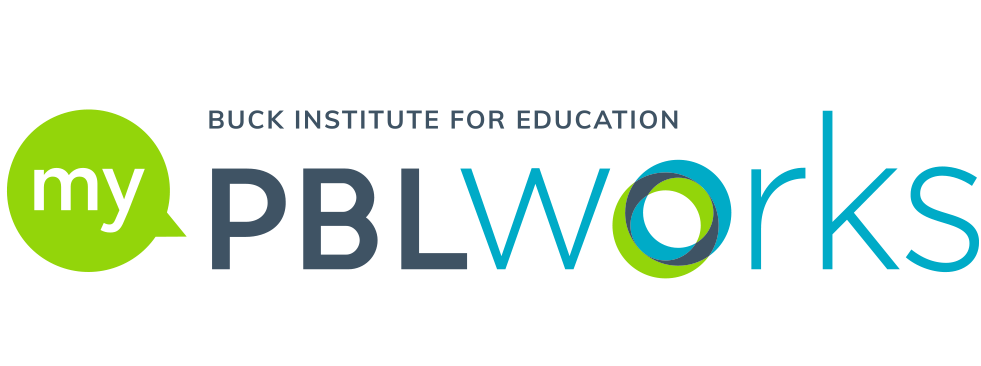How do you come up with these project ideas?
During my time at High Tech High, I was one of the ambitious or "crazy" ones that did 7-8 projects a year. You could see highlights of my projects at alfredsolis.com. When it comes to Project Based Learning, the most popular question that visitors in my classroom or participants at my workshops would ask is, "How do you come up with these project ideas?" I would show them something like this...
I would go through the Engineering Design Process which starts with defining my problem and leads me to the pros and cons of different ideas (or solutions) before making my decision. One of the most important steps was doing a mental inventory (or research) of all that I had which included my students (or customers). If I wanted to teach, let's say, forces and linear equations and all I had were a handful of rubber bands, a ruler, and some duct tape, then that was my starting point (or source of inspiration) to Macgyver some project idea whether I liked it or not (See Eggstreme Sports). This "nebulas" style might resonate with you, but most folks want to follow some step-by-step guide.
I was happy to be faced with yet another challenge, but it meant more sleepless in-the-flow nights putting together this interactive powerpoint that attempts to organize "the storm" going through my brain when developing a project. It has helpful tips and things to consider for Content, Resources, Budget, Process, Product, etc. It's pretty cool because you have the freedom to choose your starting point. So technically it's not a step-by-step, but more of a click-and-choose.
I also included some pearls of wisdom from my friend & mentor Rob Riordan and master teacher Ron Berger. My good friend Alfonso Lebrum from Instituto Thomas Jefferson translated an older version of the guide into Spanish, Desarrollo de Un Proyecto. Gracias Alfonso!
NOTE: Make sure you view it in slideshow mode.
You could also use this Project Development Form to help you with your "inventory."
After you take note of all have, it's easy to be discouraged with all that you don't have. Just remember, the key to success is to use unlimited creativity with a limited amount of resources.
Part of me wanted this to be some living document where folks could keep adding to it, but now I only hope that the structure of the guide & document could help with the germination of "living" projects.
I know there are more popular and battle-tested Project Planning Forms and PBL Starter Kits out there, but I think this is the little powerpoint that could...help.
To view or download this resource, log in here.
Login